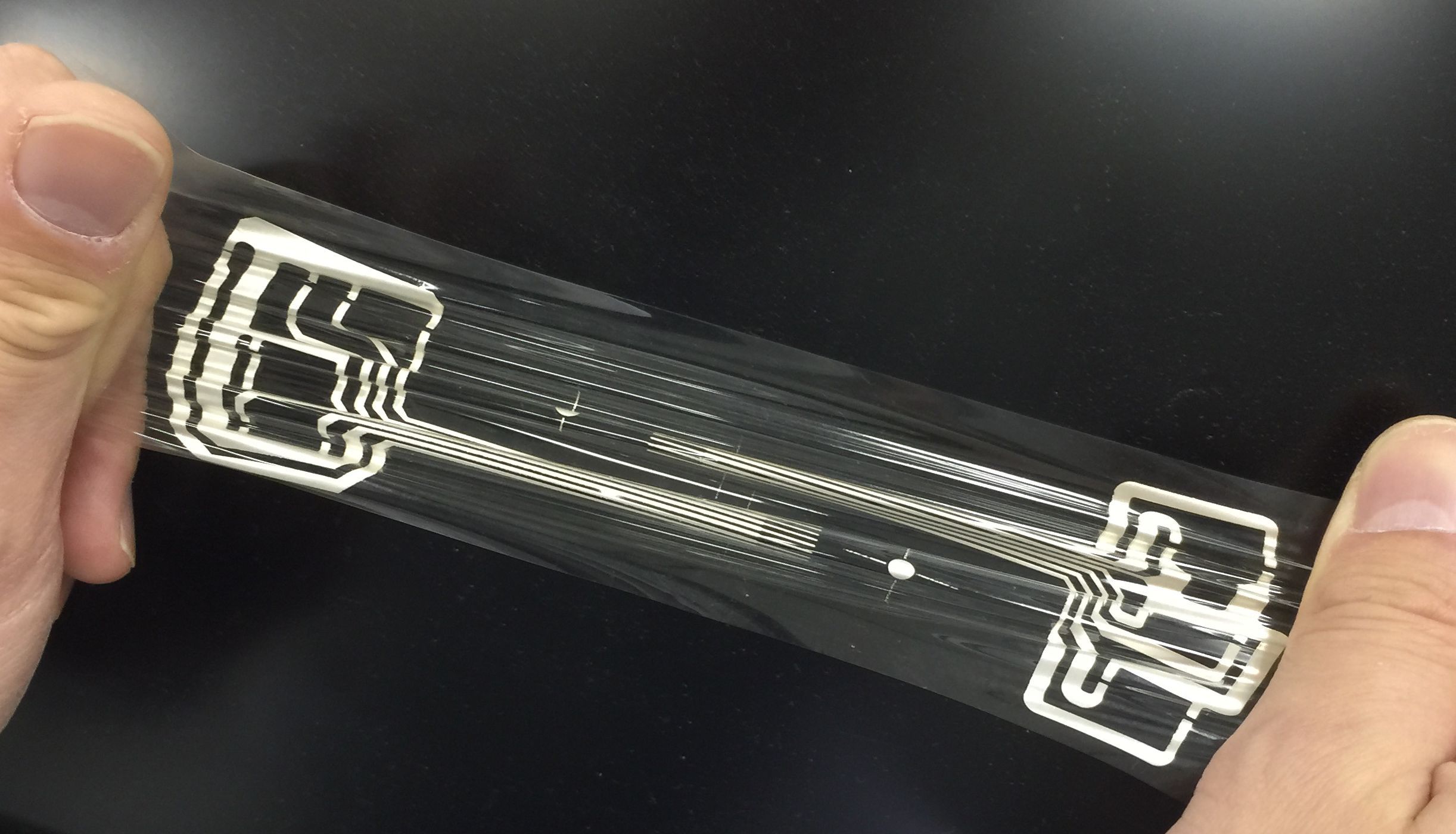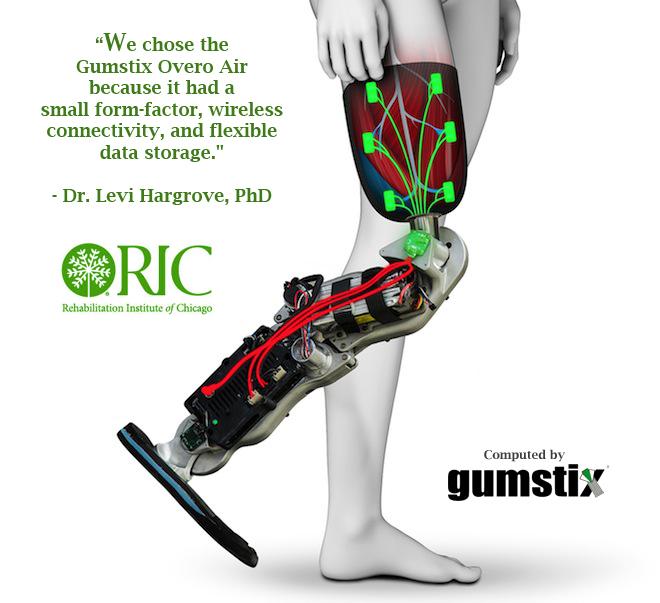“Apple Inc. has purchased Emotient Inc., a startup that uses artificial-intelligence technology to read people’s emotions by analyzing facial expressions.”


“Apple Inc. has purchased Emotient Inc., a startup that uses artificial-intelligence technology to read people’s emotions by analyzing facial expressions.”

Intel’s collaboration with eyewear maker Luxottica will launch its first product later this year, with the release of special smart glasses designed for athletes.
Intel showed off the technology, which it called Radar Pace, on stage at the Consumer Electronics Show in Las Vegas on Tuesday night. The wearable tech will apparently be available in sunglasses made by the Luxottica-owned Oakley brand.
During a video and on-stage demo, Intel showed how the Oakley glasses, equipped with special earpieces on either side, allowed an athlete to quickly track workout information like the speed and distance travelled while running. The tech is entirely voice-activated. Unlike Google Glass, which requires that users swipe the side of the headset to do certain things, the Radar Pace technology lets the wearer do everything just by talking.
You can shoot in any circumstances and maintaining the image with this device…
LG’s rollable screen.
A scoop from CES
LG gave Dave Lee a first look at its foldable, rollable screen — it says it could revolutionise the way we use TVs.
Read his blog and see the full video: http://www.bbc.co.uk/news/technology-35230043

LG Display has a prototype 18-inch screen it’s showing off at the Consumer Electronics Show this week that rolls up like a piece of paper. The technology builds on LG’s forward-looking OLED work focusing on bendable, rollable, and curving displays. The company showed similar technology last year as a proof of concept, but kept images behind closed doors. Now LG looks ready to show the world.
We’ve seen this type of concept display from the likes of Sony, Samsung, Sharp, and others in the past. However, it does indicate that LG sees these types of futuristic displays as differentiation points for smartphones, tablets, and TVs. LG envisions these types of screens rolling up into our pockets or being made to wrap around interior spaces, and the company will show off a 25-inch curved screen installed on the inside of a car at its Auto Zone section on the show floor.
We’ll get a closer look at the newspaper-like screen in a couple of days, as well as a new 55-inch “paper thin” TV that has all its electronics installed independently, according to LG. So check back in with The Verge for LG coverage and everything else CES-related throughout the week.

It’s a new resin.
Researchers at Panasonic PCRFY −0.78% in Japan have developed a new kind of resin that has the potential to make personal health electronics leaner and comfier.
The stretchy tech, announced by the company on Dec. 28, can be used as a base for electronic materials. Its physical properties makes electronics easier to apply to skin or clothing—like a Band-Aid or a tattoo, rather than a watch or a strap.

Samsung’s already wide product family is getting even bigger thanks to its new chip dubbed the “Samsung Bio-Processor.” As the company tells it, it’s already in mass production and is “specifically designed to allow accelerated development of innovative wearable products for consumers who are increasingly monitoring their health and fitness on a daily basis.” Phew. The announcement post goes on to say that the processor is the first all-in-one health solution chip and that since it’s packing a number of different control and sensor units (like a quintet of Analog Front Ends, a microcontroller unit, digital signal processor and eFlash memory) it can do all these tricks without the need for external processing.
The idea behind the silicon is to be the one-stop wearable fitness resource. Those five AFEs? One keeps track of bioelectrical impedance analysis, while the others focus on volumetric measurements of organs, an electrocardiogram and skin temperature, among other things. Bear in mind that Samsung’s latest smartwatch, the Gear S2, only tracks your heart rate. Same goes for the Apple Watch. Considering how err… interesting Samsung wearables tend to be, a possible scenario here is that the tech giant won’t keep the Bio-Processor all to itself. Nope, the real money here lies in potentially licensing it out to other folks, as it’s wont to do with its other self-made parts.
We won’t have to wait too long to see these in the wild, either: Samsung promises it’ll be packed into devices available early next year. If you’re wondering where, the inevitable follow-up to the aforementioned Gear S2 successor is a pretty likely bet. Whether that shows its face at CES or Mobile World Congress is the real question, though.

Small Form Factor Technology Solves Complexities of Thought-Controlled Leg Prosthetics
Rehabilitation Institute of Chicago has developed the first neural-controlled bionic leg, using no nerve redirection surgery or implanted sensors. It’s a powerful advancement in prosthetics, including motorized knee and ankle, and control enabled by the patient’s own neural signals. Powered by a tiny but powerful Computer-on-Module platform, this thought-controlled prosthetic represents a significant breakthrough in medical embedded design, improving patients’ lives and mobility with a prosthetic that more closely than ever acts like a fully-functioning natural limb.
The technology of prosthetic limbs has come a long way over time, yet options are still limited for leg amputees. While simple peg legs have evolved to more sophisticated and realistic artificial limbs, the patient was forced to undergo nerve surgery or endure invasive implants. And even though the technology to produce through-controlled mechanized arms has existed for some time, the complexities of leg motion have kept it from being successfully applied in leg prosthetics. Without the ability to move and control the knee and ankle, the prosthetic leg remained a passive solution for patients struggling to replicate natural leg motion.
Scientists have developed a way to produce soft, flexible and stretchy electronic circuits and radio antennas by hand, simply by writing on specially designed sheets of material.
This technique could help people draw electronic devices into existence on demand for customized devices, researchers said in a new study describing the method.
Whereas conventional electronics are stiff, new soft electronics are flexible and potentially stretchable and foldable. Researchers around the world are investigating soft electronics for applications such as wearable and implantable devices. [5 Crazy Technologies That Are Revolutionizing Biotech].

For the first time, researchers have used existing manufacturing technology to make a complex processor that uses energy-efficient optical connections.